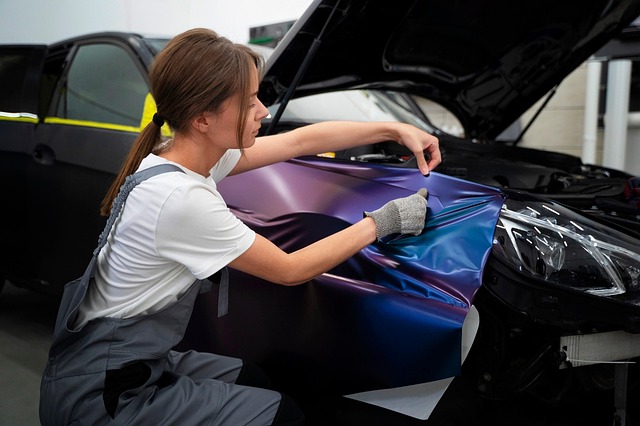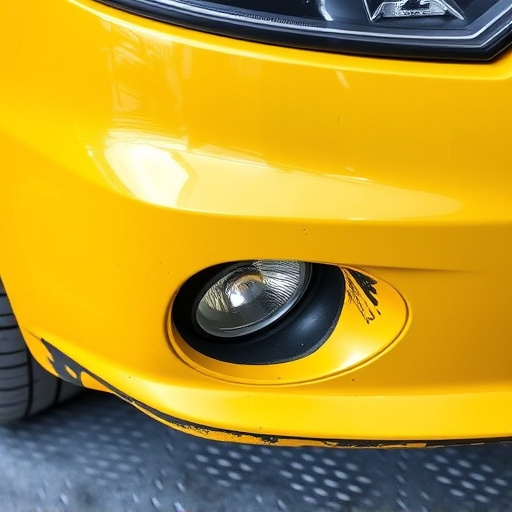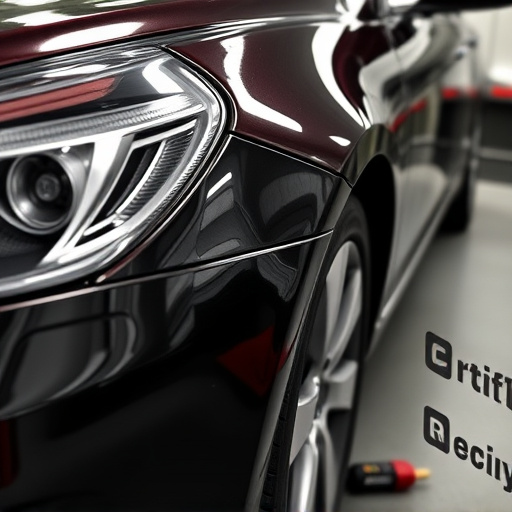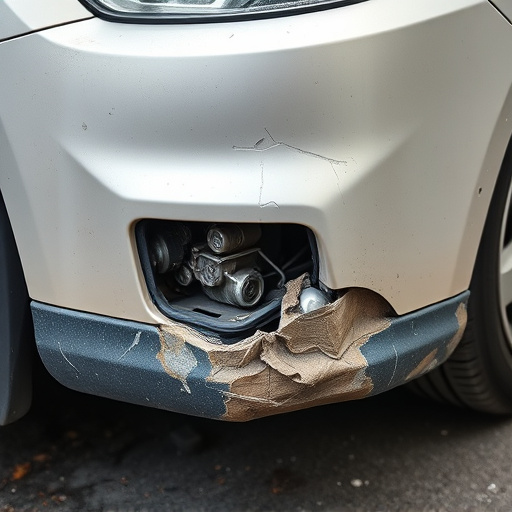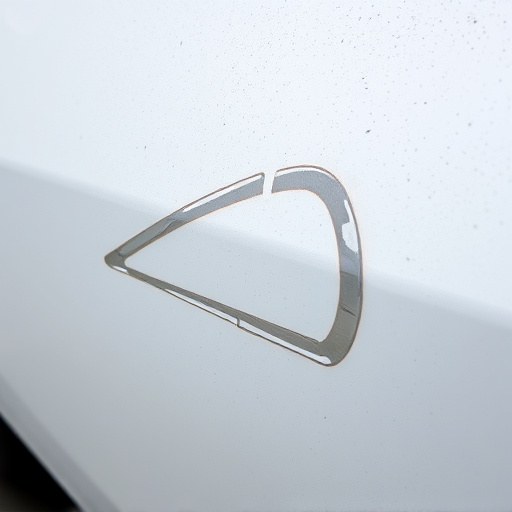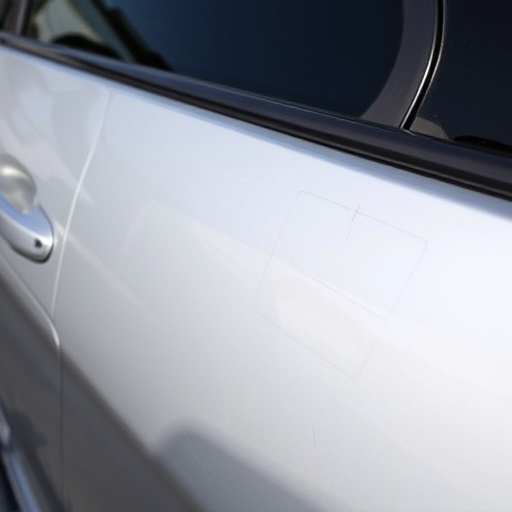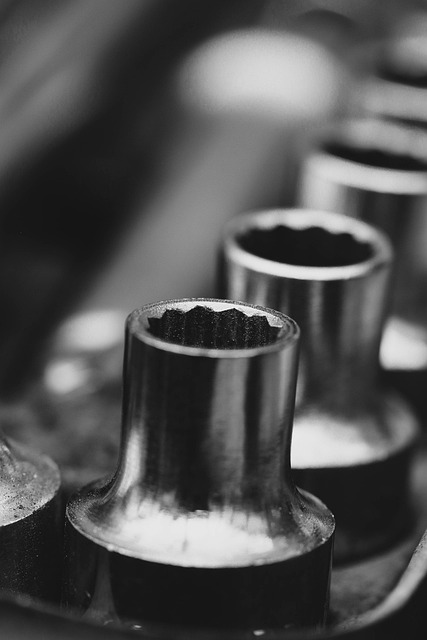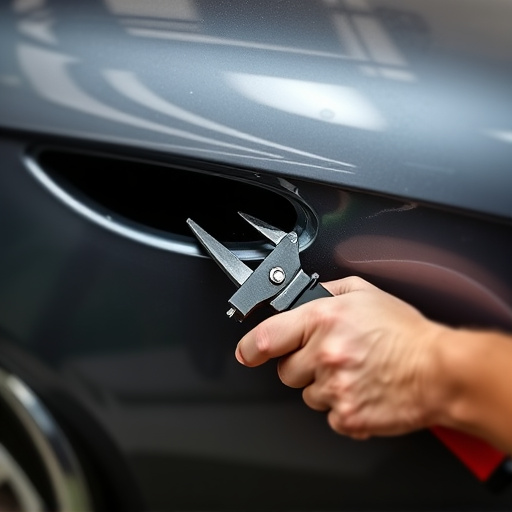Body panel insulation, using lightweight foams and composite fabrics, strategically applied to automotive doors, roofs, and floor panels, enhances energy efficiency by minimizing heat transfer and optimizing heating/cooling systems. It provides additional protection against road debris and minor impacts, improving long-term body work quality. Efficient installation requires proper preparation, high-quality materials, and tailored advice from auto body shops. This technology offers significant environmental and economic benefits, reducing fuel consumption and maintenance costs, while revolutionizing collision repair solutions.
“Enhance energy efficiency and comfort with body panel insulation—a game-changer for doors, roofs, and floor panels. This article delves into the world of this revolutionary technology, exploring its materials, benefits, and environmental advantages. Discover how efficient installation techniques can optimize performance, and learn about the long-term savings and reduced carbon footprint associated with body panel insulation. Get ready to revolutionize your space with this sustainable solution.”
- Understanding Body Panel Insulation: Materials and Benefits
- Installation Tips for Efficient Door, Roof, and Floor Panels
- Environmental Impact and Long-Term Savings of Body Panel Insulation
Understanding Body Panel Insulation: Materials and Benefits

Body panel insulation is a crucial component in modern automotive design, offering both functional and aesthetic advantages. This type of insulation is strategically applied to various vehicle parts, including doors, roofs, and floor panels, aiming to enhance overall performance and comfort. The primary materials used for body panel insulation are lightweight foams and advanced composite fabrics, designed to trap air and minimize heat transfer.
One of the key benefits of body panel insulation is its ability to significantly improve energy efficiency in vehicles. By creating an insulated barrier, it reduces heat gain during hot weather and prevents heat loss in colder climates, thereby optimizing the vehicle’s heating and cooling systems. This not only contributes to better fuel economy but also enhances driver comfort, making auto maintenance less of a chore. Moreover, body panel insulation can play a role in preventing car scratch repair by providing an extra layer of protection against road debris and minor impacts, contributing to the overall longevity of automotive body work.
Installation Tips for Efficient Door, Roof, and Floor Panels

Efficient installation of body panel insulation for doors, roofs, and floor panels is key to maximizing its energy-saving benefits. Start by ensuring proper preparation of the surface area. Clean and dry all panels thoroughly before applying any insulation to prevent moisture issues later on. Use high-quality body panel insulation materials designed for automotive applications to ensure durability and compatibility with various vehicle types. When installing doors, pay close attention to door seals and weatherstripping; these play a crucial role in maintaining the integrity of your vehicle’s insulation system. For roofs, consider the unique challenges posed by varying climates; some regions may require additional reinforcement or specific types of insulation tailored to their conditions. On floors, make sure to secure the insulation properly, addressing any gaps or weak spots around components like pedals and floor mats. Regular maintenance checks after installation can help identify any issues early on, ensuring your luxury vehicle repair remains optimal over time. Remember, an auto body shop that specializes in these services can provide expert advice tailored to your vehicle’s specific needs.
Environmental Impact and Long-Term Savings of Body Panel Insulation

The environmental impact of body panel insulation is a significant aspect often overlooked when discussing automotive improvements. By integrating advanced insulation materials into doors, roofs, and floor panels, the automotive industry can achieve remarkable energy efficiency gains. This eco-friendly approach reduces the overall carbon footprint of vehicles by minimizing heat transfer, thereby decreasing the reliance on energy-intensive heating and cooling systems.
In the long term, body panel insulation translates to substantial savings for both vehicle owners and collision repair shops. Improved energy efficiency means lower fuel consumption and reduced maintenance costs associated with climate control systems. This technology not only benefits individual drivers but also contributes to a more sustainable automotive industry, fostering a greener future while addressing the challenges of modern mobility through innovative collision repair solutions.
Body panel insulation is a smart investment for any vehicle owner. By understanding its materials, benefits, and proper installation techniques, you can significantly enhance your car’s energy efficiency. This not only reduces fuel costs but also minimizes environmental impact over time. With the right approach, body panel insulation can transform your vehicle into a more comfortable, eco-friendly, and economically viable ride.


